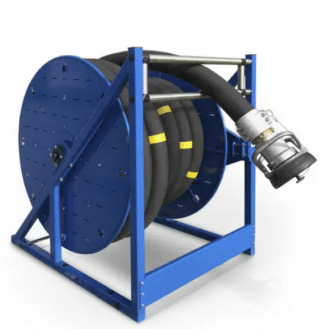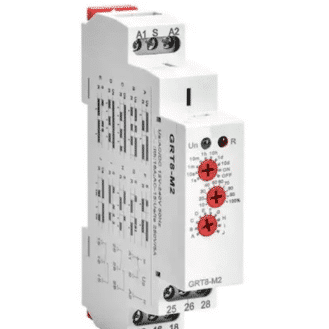Protection relays have different functions. They are often made up of several modules, each of which performs a specific function. In this guide, we will distinguish three types of functions: protection against abnormal variations in the main supply, protection against leakage currents, and protection against overloads.

FANOX ELECTRONIC overcurrent protection relay
Protection against abnormal grid variations
Abnormal voltage, current, and frequency variations can lead to problematic phenomena. These include overcurrents (overload or short-circuit currents), overvoltages, and voltage dips or faults. Voltage protection relays, current protection relays, and frequency protection relays make it possible to detect a fault in the circuit, switch off the section where the fault is located, and eliminate it without consequences for the rest of the installation.
Protection against earth leakage currents
The earth leakage current protection relay, also known as a differential protection relay, is mainly used in transformer stations, transformers, generators, and power lines.
It transmits information about the status of the grid and can disconnect it if it detects a problem. An advantage of this type of relay is its low cost.
Overload protection

Eaton thermal relay
The overload protection relay, also known as a thermal relay, is used to protect electric motors when a defect occurs. It detects overloads and can open the circuit to prevent the motor from overheating. Some models can also detect a phase failure in a three-phase motor. This type of relay can be installed on the circuit itself or remotely in an electrical panel.







